How NFTs Will Change the Art World
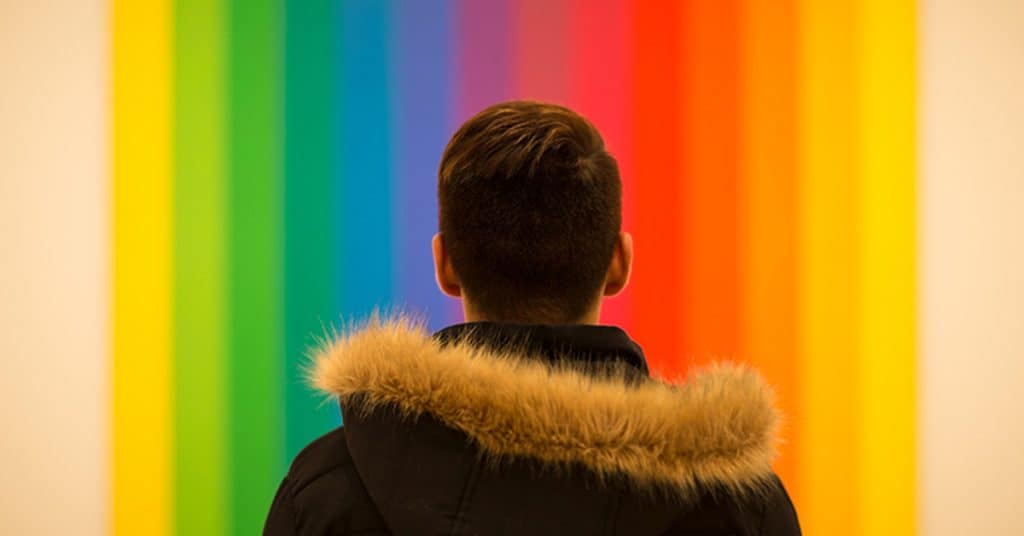
NFT art is an always-on, non-stop carnival for outsider art, but it also steps everything up a meta-level, as not only are the artists and the art outsider, but–by using tokens on a blockchain–the medium of delivery and exchange is also outsider.
Outsider art on outsider tech sounds disruptive, but let’s examine how exactly the art world might be changed by NFTs, on a practical level.
Replacing the Art Market Movers
Who decides which artists make it big? Historically, that’s come down to wealthy patrons and collectors, who exert influence over which artists become celebrated, and also over the valuations attached to their work.
In the world of web3 and NFTs, the promise is that these roles shift to you, the digital collector, along, of course, with all the other collectors out there on a more level playing field.
As an analogy, think about the new stars of social media who have huge audiences and regularly outperform traditional channels. They did that through being chosen by viewers, not chosen for viewers, and NFTs can bring a similar dynamic to the art world.
Anyone Can Trade Anything With Anyone
In the high-end, traditional art world, who an artwork is sold to and where it will be displayed can be critically important, meaning dealers sometimes choose (or restrict) who they sell to. There are artists who break from this circuit, such as Damien Hirst, who, back in 2008, took his work directly from studio to Sotheby’s, but he’s an exceptional case (and he now sells NFTs too).
In the world of NFT art, the situation is very different. Yes, there are gas wars, whitelists and in-group favors, but, on the whole, the set-up is geared towards anyone trading anything with anyone.
Although some institutions, such as Pace Verso and Kate Vass Galerie, explore digital art, there are no overbearing NFT art galleries dominating the environment and influencing what people look at, and it’s easy for individual collectors to set up their own displays at minimal cost, using a platform like Oncyber.
Reinforced Provenance
If you saw the documentary Made You Look, you’ll know that the art market is awash with forgeries, up to and including Rothko fakes that sold for millions of dollars.
On the other hand, although crypto has acquired a reputation among some cynics for occasional shady behavior, NFTs actually greatly reduce the potential for forgery.
While verifying the provenance and authenticity of physical art relies on signed papers and credentialed consensus, which are demonstrably unreliable, with NFTs, records are locked flawlessly onto the blockchain, and cannot be tampered with or faked.
Programmable Royalties and More
Web3 gaming company Limit Break recently published plans to make NFTs more dynamic, enabling royalties and other variables to be programmed on-chain. Although Limit Break, which is behind the DigiDaigaku collection, is focused on gaming, these concepts could affect all kinds of NFTs, including artworks.
Not only is there a mechanism for artists to receive hard-coded, continuing royalties on secondary sales, but novel systems can be enabled, such as shared royalties split between creator and initial minter. Other features can be programmed too, potentially opening up unexplored possibilities for art creation, collection and trading.
The 100 Fans Theory
In 2008, the 1,000 fans theory gained traction. This predicted that in the internet age, creators would be able to make a comfortable living online by cultivating a fan base of around 1,000 true fans willing to pay for content. Then, in 2020, this was updated in an Andreesen Horowitz post that posited only 100 true fans were necessary in order for creators to ditch the day job.
Selling NFTs online not only fits with such models, but makes them more easily achievable via the ability to generate income from secondary sales. Where once there were artists who depended on a single wealthy patron to survive, NFTs can allow artists to make a creative living through connecting with their own niche communities.
Expanding the Art Market
Although the traditional art market is culturally influential, it’s actually relatively small. Global art sales through dealers and auctioneers in 2021 were tallied at $65.1 billion, while by comparison, Apple, a single tech company, had global revenue of $365.8 billion.
For NFTs, 2021 trading volume in the art and collectibles category comes to $11.1 billion. That’s significantly lower than the figure for traditional art, but keep in mind that NFTs only entered mainstream awareness in 2021, and–unlike traditional art markets–place importance on onboarding newcomers, and are part of the growing crypto industry.
It’s still just a possibility, but, potentially, the NFT art market could open up and expand beyond the parameters of the traditional art world.
On the Other Hand…
When confronted with new tech, and particularly when some users are suddenly becoming rich and famous, you can get carried away by the enthusiasm, so let’s also consider a counter-point.
When it comes to preventing certain individuals and entities from solely dictating trends, there’s a real possibility that what you end up with is just a different set of individuals and entities dictating trends. Sure, vive la revolution, but there are already traders and groups who have large influence over small NFT markets, and who elevate the artists they personally favor.
This is not automatically a bad thing, and–while not wanting to write a sociology essay–may simply be the way that human culture works, but it suggests that NFTs may not break away entirely from ingrained tendencies.
More optimistically, what’s different with NFTs is that these forces aren’t as entrenched, and it’s possible to join some interesting and influential groups simply by acquiring a certain NFT.
If you want access to PROOF Collective, for example, you can go to OpenSea and buy a pass. They’ve become expensive, but spend time in the NFT art world, and you’ll come across other, in-flux opportunities before they fully take shape. And for some cheaper-to-access art communities, you could also take a look at Le DAO, GEN.ART and gmDAO, for a start.
Additionally, as web3 is a nascent space with a strong DIY ethos, if you’re really into art and crypto, there’s plenty of room to connect up with other participants and create new communities and organizations of your own.
Looking forward, NFTs are set to initiate positive disruption as they open up space for artists, collectors and developers to carve out something new on their own terms.

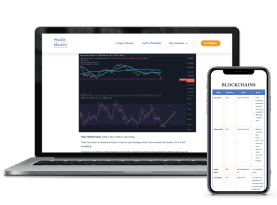





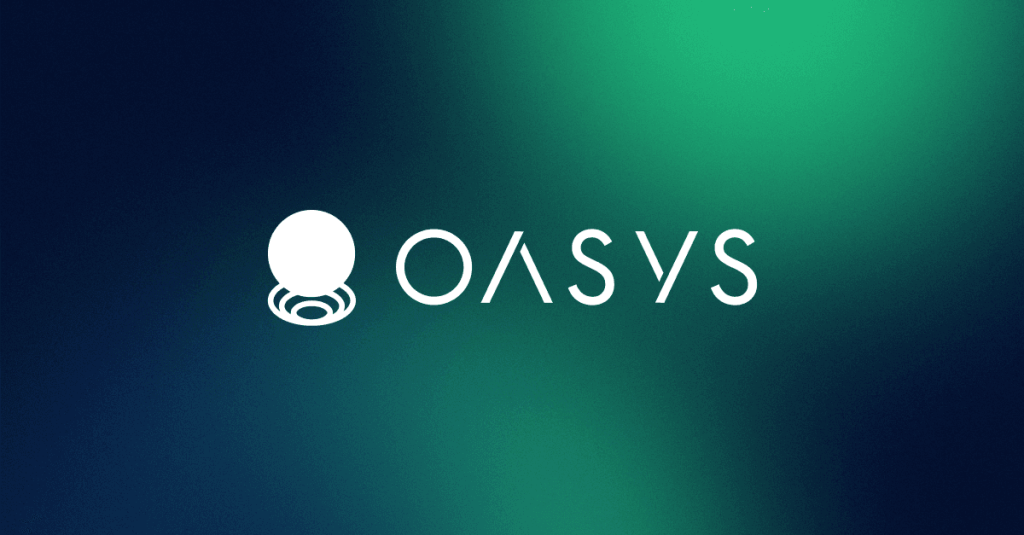
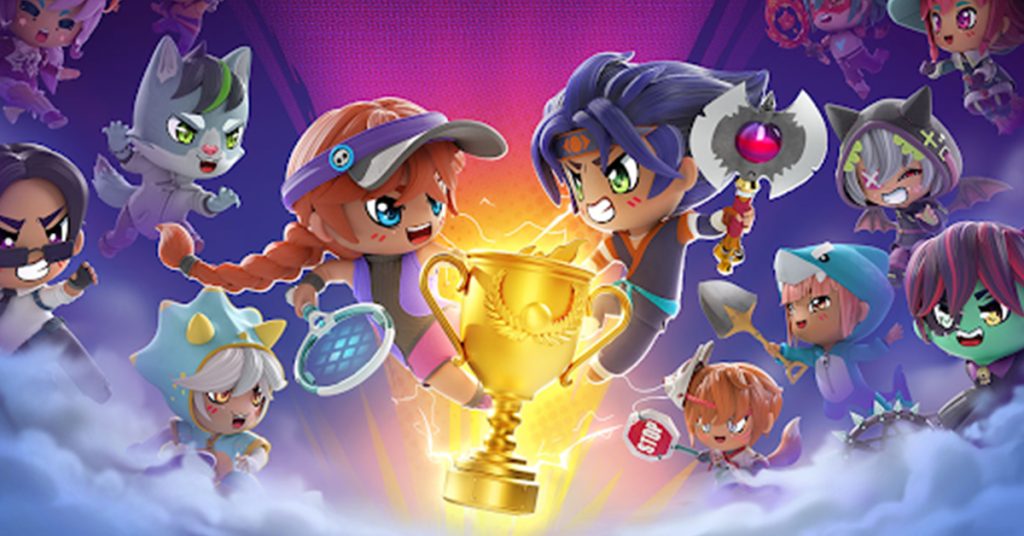
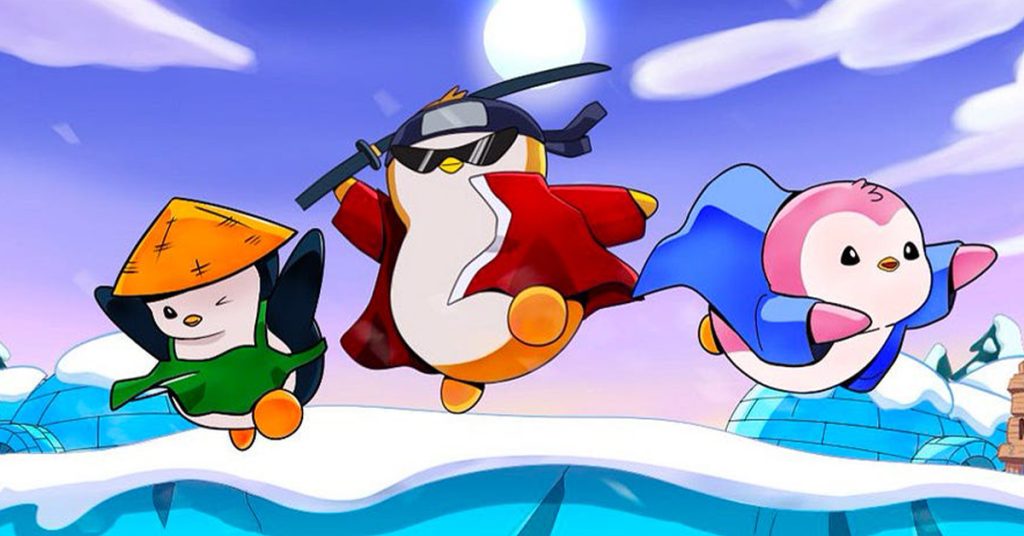
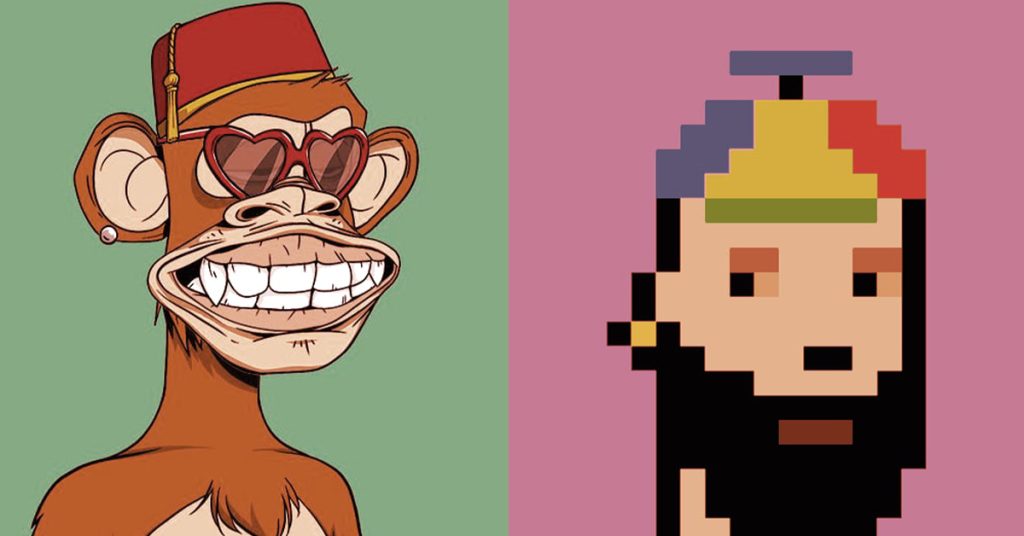
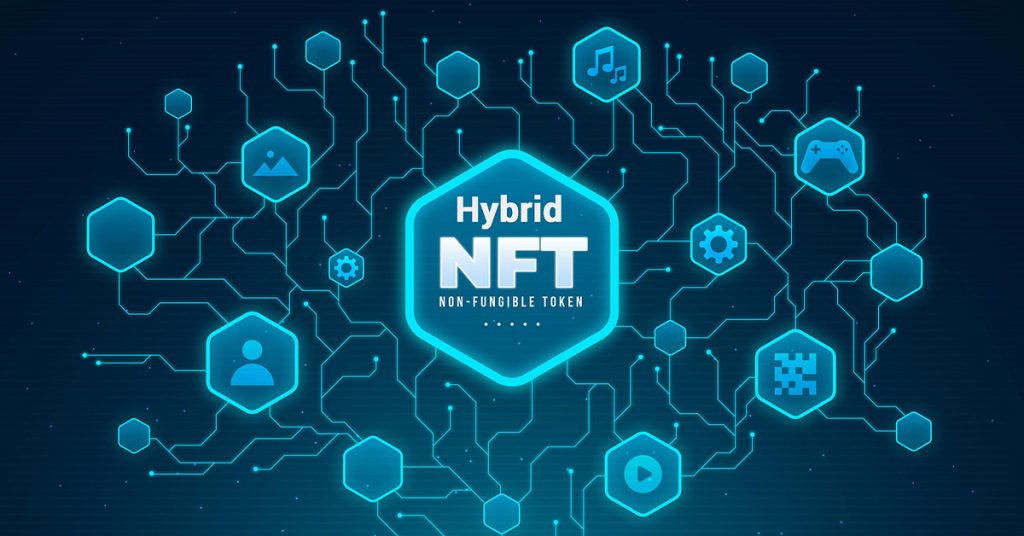
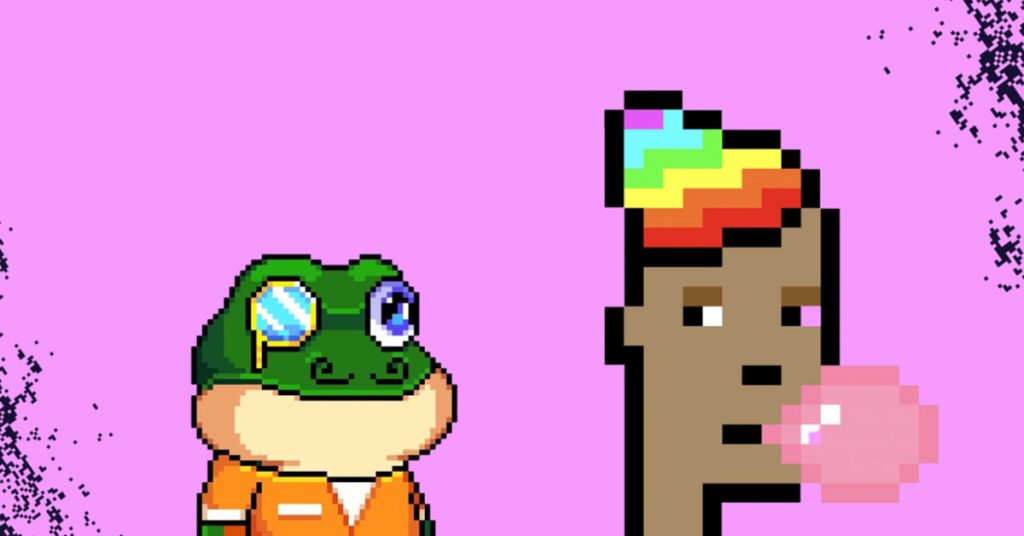
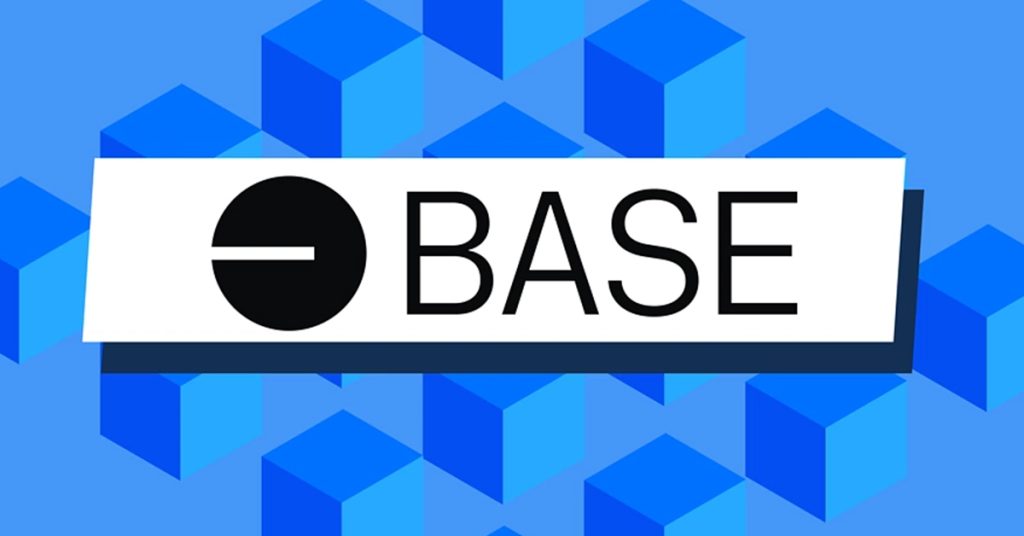
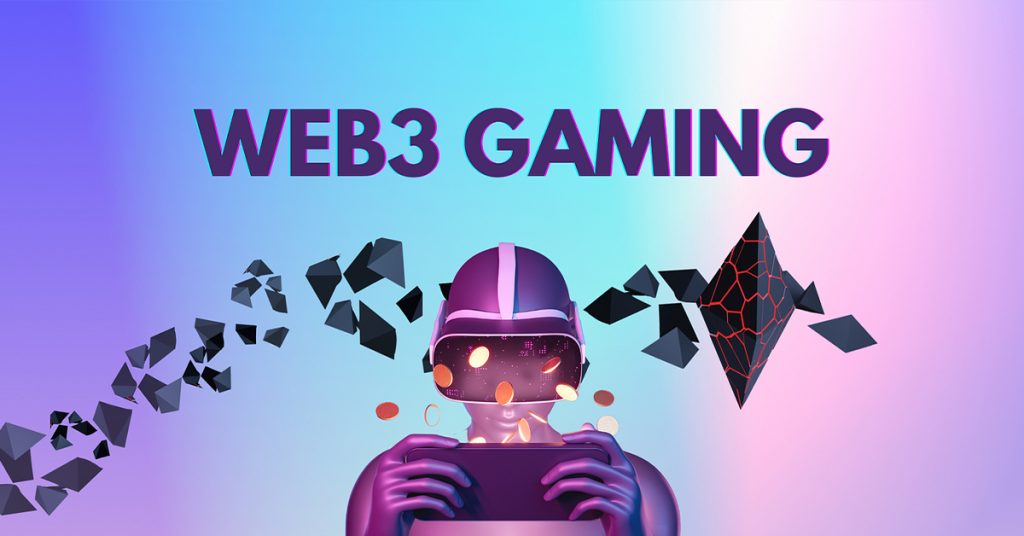
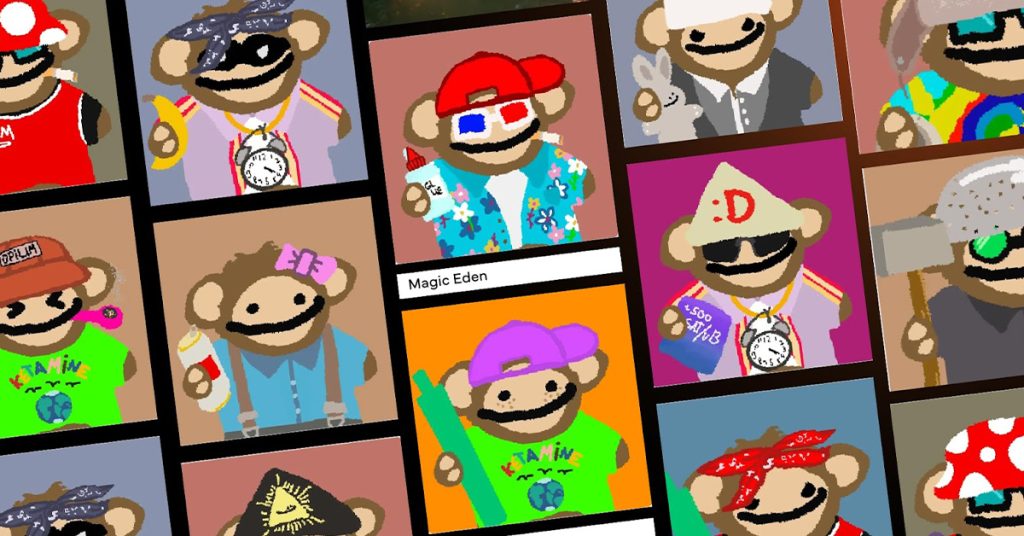
Responses